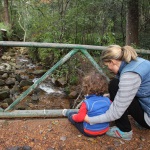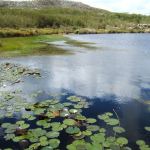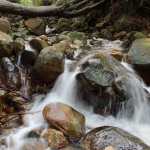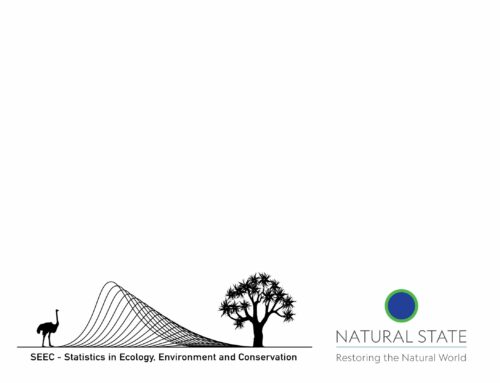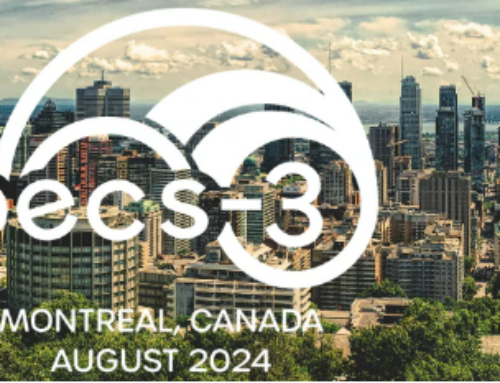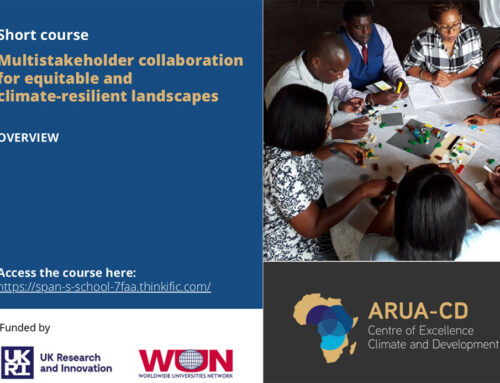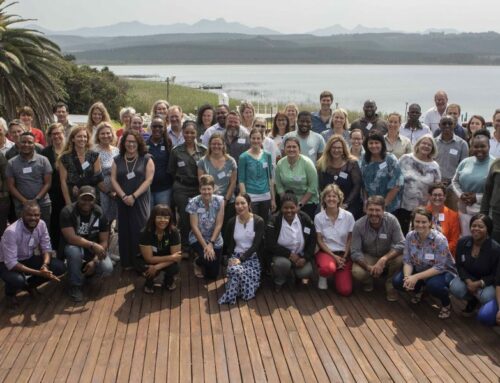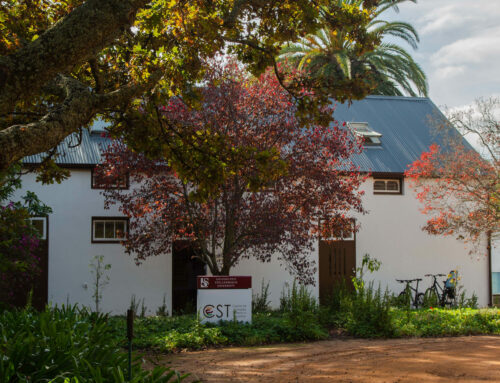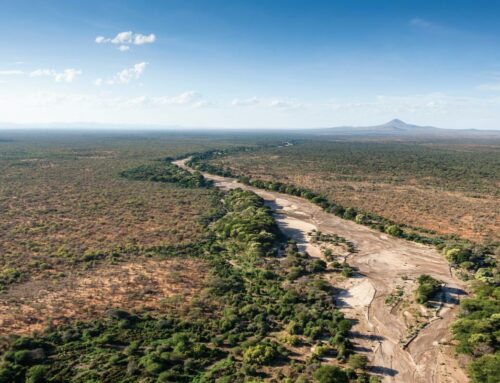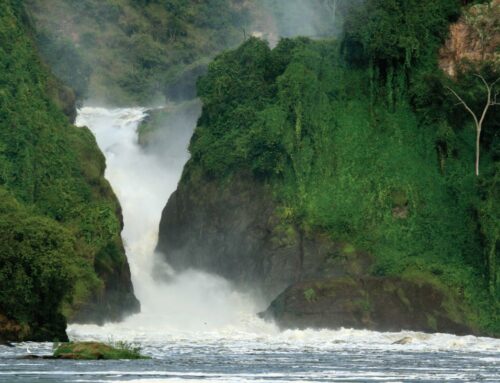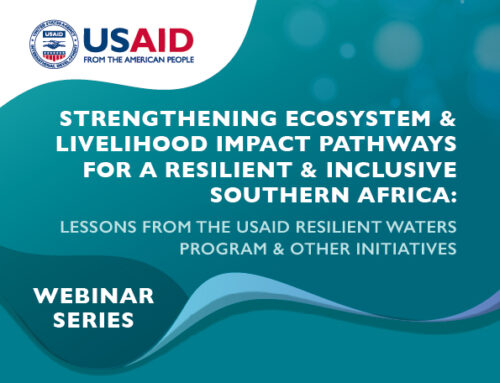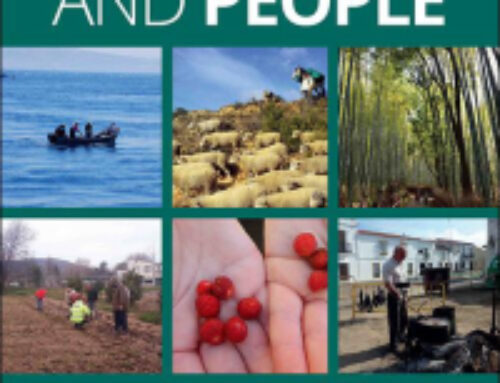For the past year and a half, PhD student Gregg Brill has been interviewing Cape Town residents who visit Table Mountain National Park, in order to understand user behaviour, environmental perceptions, as well as the values individuals assign to an urban protected area. More specifically, Gregg looks at how visitors use, value and impact water-related ecosystem services in the park over space and time.
User groups interviewed in this study included sporting groups, religious assemblies, scientific organisations, conservation volunteers, hiking clubs, environmental agencies, researchers and various other clusters. Surveys distributed to user groups document the length of park access and use, their activities over time, and their use of water over time. Survey responses relating to the value assigned to each water body, as well as the ecosystem service benefits and trade-offs associated with water were mapped to show the distribution of ecosystem services across the spatial extent of the park.
The mapping exercise has yielded interesting results. User groups tend to favour a small number of water bodies, resulting in a few high-density usage areas that are popular with almost everyone. These high-usage areas are afforded the highest recreation values but low aesthetic values. Rivers, dams and vleis (small wetlands) that are farther from the park entrance points attract fewer users, though the spiritual and aesthetic values assigned to these water bodies are higher than those found in high-density use areas. Negative values were allocated by survey participants to certain water bodies due to elevated levels of conflict between different user groups (when dog-walking is disruptive to religious ceremonies, for example), or when the water body is in a poor state and there is a lack of management in the area.
Gregg’s research hopes to identify how people living in Cape Town use, value and impact water-related ecosystem services in Table Mountain National Park so as to further conserve ecosystem service provision, enhance the overall user experience and reduce conflicts around access and equitability of water-related ecosystem services.


